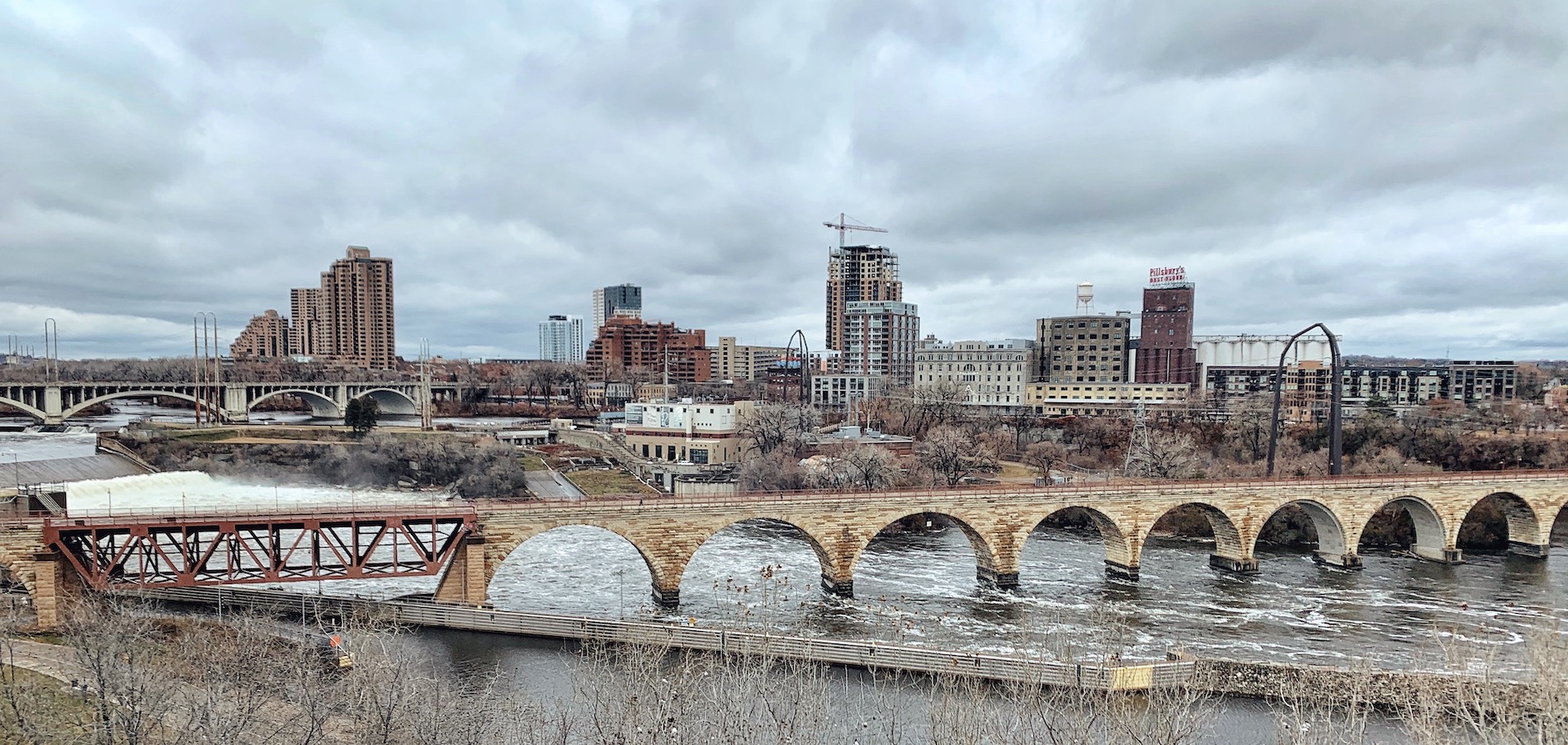Our final Carbon Solutions Summit for this year concluded this week in Minneapolis, Minnesota, with a phenomenal turn out, important discussions, new partnerships, and importantly, a renewed momentum for the work that lies ahead.
We convened over 200 stakeholders – including advocates, business leaders, policymakers, thought leaders, and concerned citizens – to voice and envision shared ideas for the future of Minneapolis and surrounding states. It was very clear that there is not only immense potential for meaningful climate policy in the Midwest in the coming years, but a huge appetite to see it through.
Minnesota is the second-fastest warming state in the country. As such, the climate is a big priority for many residents, organizations, and policymakers. Not only because it is imperative to tackle this challenge, but because there are so many opportunities for transformative change that can go alongside climate and emissions reductions policy.
The North Star State has a long history of leading in the environmental space – from being the first state to ban public smoking of cigarettes, to their implementation of a shadow price on carbon to be used for regulatory decisions. At the same time, there has been a lot of groundswell support for climate and justice initiatives on the municipal and county level, which have, and can continue to be, scaled to the state and regional level.
Climate Policy Landscape in Minnesota
Minnesota’s emissions reductions mandates, as set by the Next Generation Energy Act, require the state to reduce greenhouse gas emissions by 80% between 2005 and 2050. The Act was passed in 2007 with bipartisan support, and it promotes the development of clean energy projects, and energy efficiency; and sets interim goals of a 15% reduction by 2015, and a 30% reduction by 2025.
Since then, the state has become an important leader in enacting policies to meet these goals and improve air quality and innovation. Since coming into office this year, Governor Tim Walz pledged to lead on climate and push action to meet the state’s environmental challenges head-on. This is incredibly positive news, along with several state legislators who have also been pushing to pass policy in recent years.
The private sector in the state also plays an active role in the conversation. Xcel Energy, an electric utility spanning eight western and midwestern states including Minnesota, committed to an 80% reduction in GHG emissions by 2030 and 100% carbon-free electricity by 2050.
Minnesota also implemented a shadow price on carbon. Policymakers and regulators use this as a measure for the social cost of carbon to record and reduce carbon dioxide impacts based on the risk it poses for public health and resiliency; it also helps set compensations for owners of rooftop solar panels that supply surplus energy to the grid.
While a lot of policies in the state have been successful, Minnesota is currently not on track to meet these goals. There is a need and an opportunity, therefore, to tackle ambitiously the main sources of emissions, which in the state are: transportation, electricity, and agriculture.
Minnesota Emissions and Electricity Sources, 2017

Minnesota has the potential to increase energy efficiency and renewable energy; strengthen efforts to increase and modernize mass transit; address agricultural production issues and land use that affect carbon storage; and invest in protecting wetlands, forests, and other native habitats, which are increasingly threatened by changing weather patterns and intensified warming.
Agriculture in particular presents some of the largest opportunities for the state, and the region to cut greenhouse gases, but also open up opportunities for carbon capture and other forms of more sustainable farming that could leave farmers and Minnesotans better off. Accounting for nearly a fourth of all greenhouse gas emissions in the state, agriculture also employs more than 147,000 jobs, and constitutes an important economic driver.
Farmers as land managers, therefore, are crucial to addressing the climate crisis. They provide critical environmental services and can do so at a much larger scale – if they were able to get the support and economic recognition for providing services like land restoration, carbon sequestration, flood mitigation, and biodiversity protection, farmers could become critical drivers of climate action in the state and larger region.
Carbon pollution pricing can help provide this shift and create the economic incentives necessary for moving all sectors forward in their emissions goals; the policy can and should be a large part of the state’s climate ambitions.
In 2018, the state’s first-ever carbon pricing bill, the “Carbon Assessment and Rebate Act” (SF 4086 / HF 4517), was introduced by Senator John Marty; it has since garnered more support from advocates and other policymakers and executive branch officials. We spent this week convening stakeholders to talk about the future of this policy in the state and larger region.
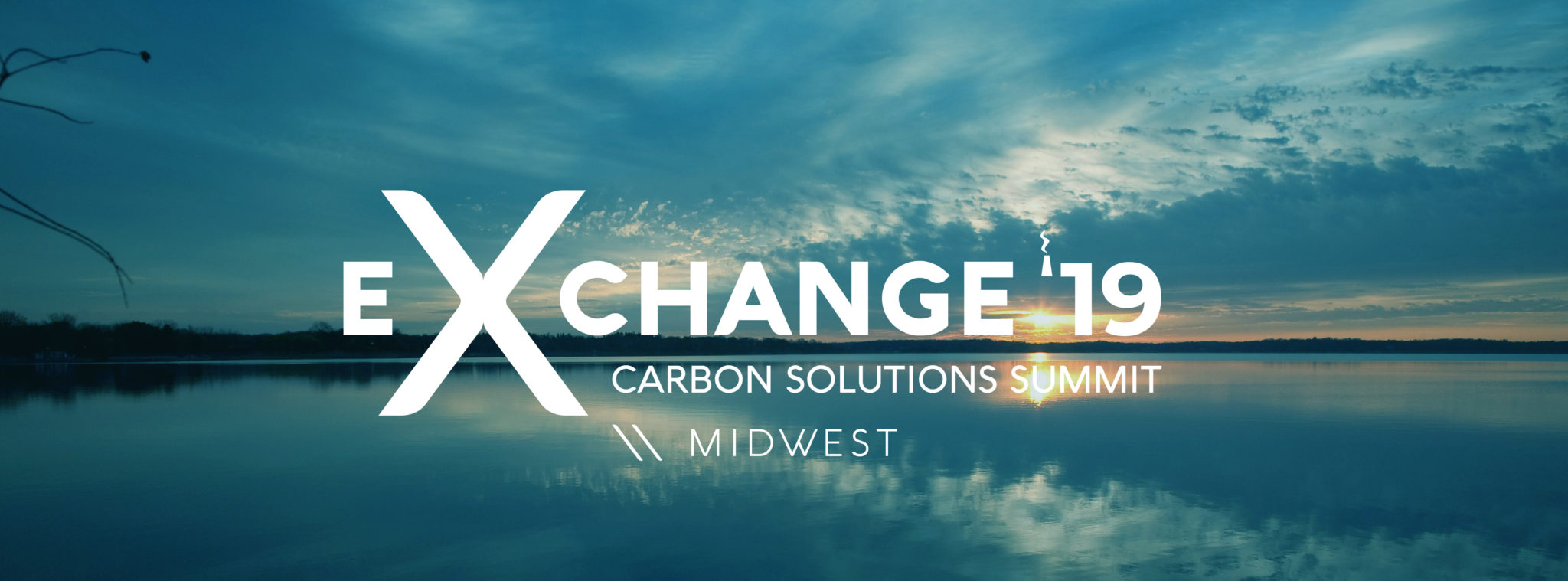
Carbon Solutions Summit
The summit we held this week was comprised of three events, with an overarching goal to further discussions about the future of regional climate action and the role of pricing pollution as part of moving us towards that vision. We convened a total of 210 stakeholders, spanning five states and representing a wide range of interests and affiliations: over 25 climate and environmental justice groups, 35 policymakers, 28 businesses, and seven agricultural organizations. The result was vibrant discussions, ideas and visioning exchanges, and a clear renewed momentum to get this done.
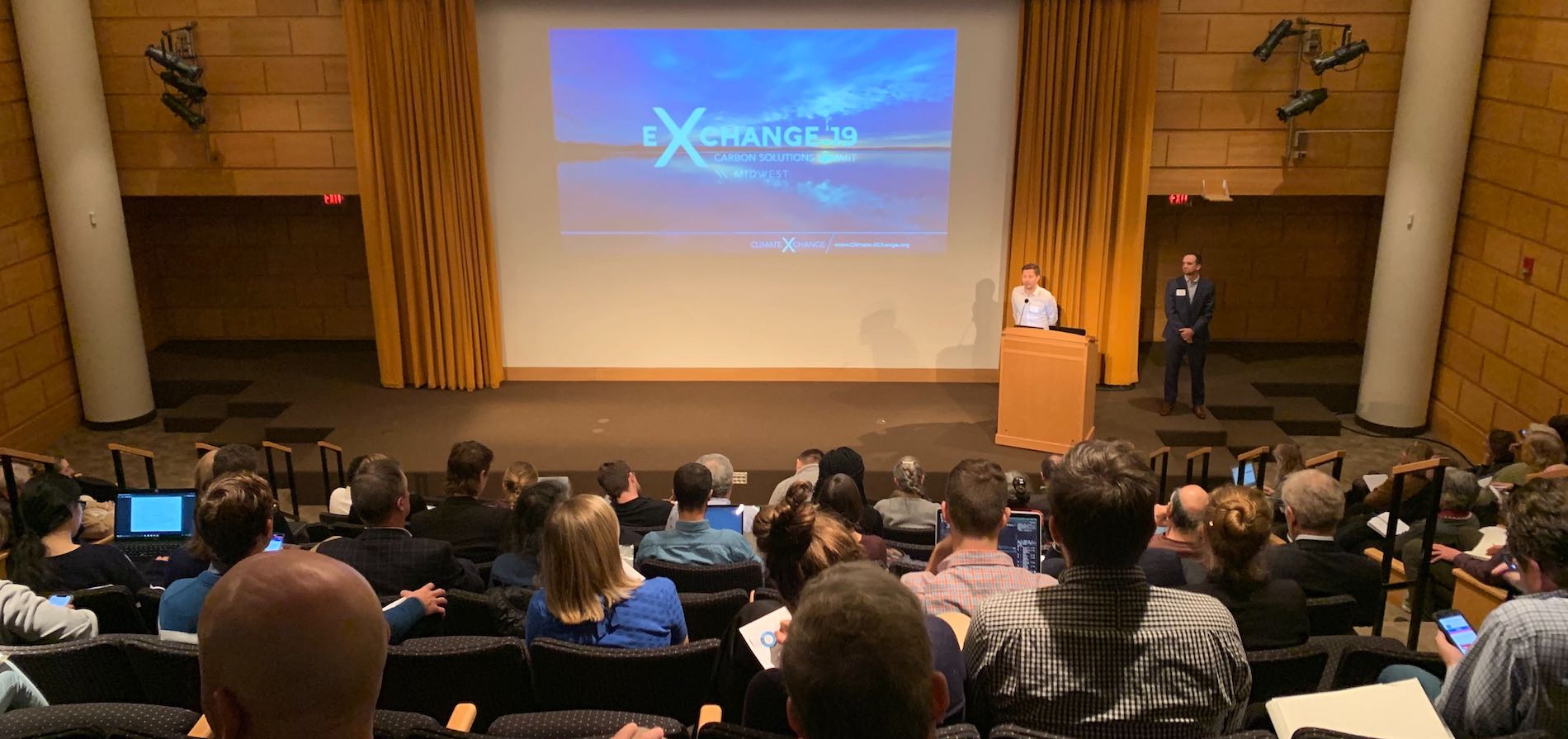
Climate XChange’s Deep Dive Workshops in Minneapolis, Minnesota
The week began with Deep Dive workshops focused on two key aspects of our work: sharing best communications practices and providing an overview of market-based policy options and design choices. Communications is increasingly recognized as a critical priority for creating a collective vision and buy-in for climate solutions and a better future. Specifically, using storytelling as a tool that we can harness to do just this has emerged as a priority both for climate work broadly, and for our organization.
Another key aspect of our work is our research, including an overview of carbon pollution pricing policy, the design choices available to those seeking to adopt it, and best practices from existing programs both in the U.S. and abroad. We also shared our newest research on the role of carbon pricing in a just transition, using the case study as a way to spark conversation into what equitable policy might look like in Minnesota and other states in the region. We concluded the day with a series of breakout sessions where stakeholders were able to truly voice their vision, concerns, hopes, and shared obstacles for the transition in their states.
Our second event of the summit was an evening reception featuring leaders from business, philanthropy, and the nonprofit community who are at the forefront of our country’s most promising state-level opportunities. We heard from Pam Kiely, Senior Director of Regulatory Strategy at Environmental Defense Fund on the intersection of state and federal policy. She steered the conversation about past success and future opportunity and made a compelling case for the urgent need for states to continue moving forward on climate action in the face of Federal inaction on these issues. We also heard from Bob Litterman, chairman of the Risk Committee and a founding partner of Kepos Capital, and Art Rolnick, Senior Fellow at the Humphrey School of Public Affairs, University of Minnesota. They spoke on the risk management aspects of carbon pollution and the economic case for implementing a price on carbon as an imperative step to move us towards a clean economy.
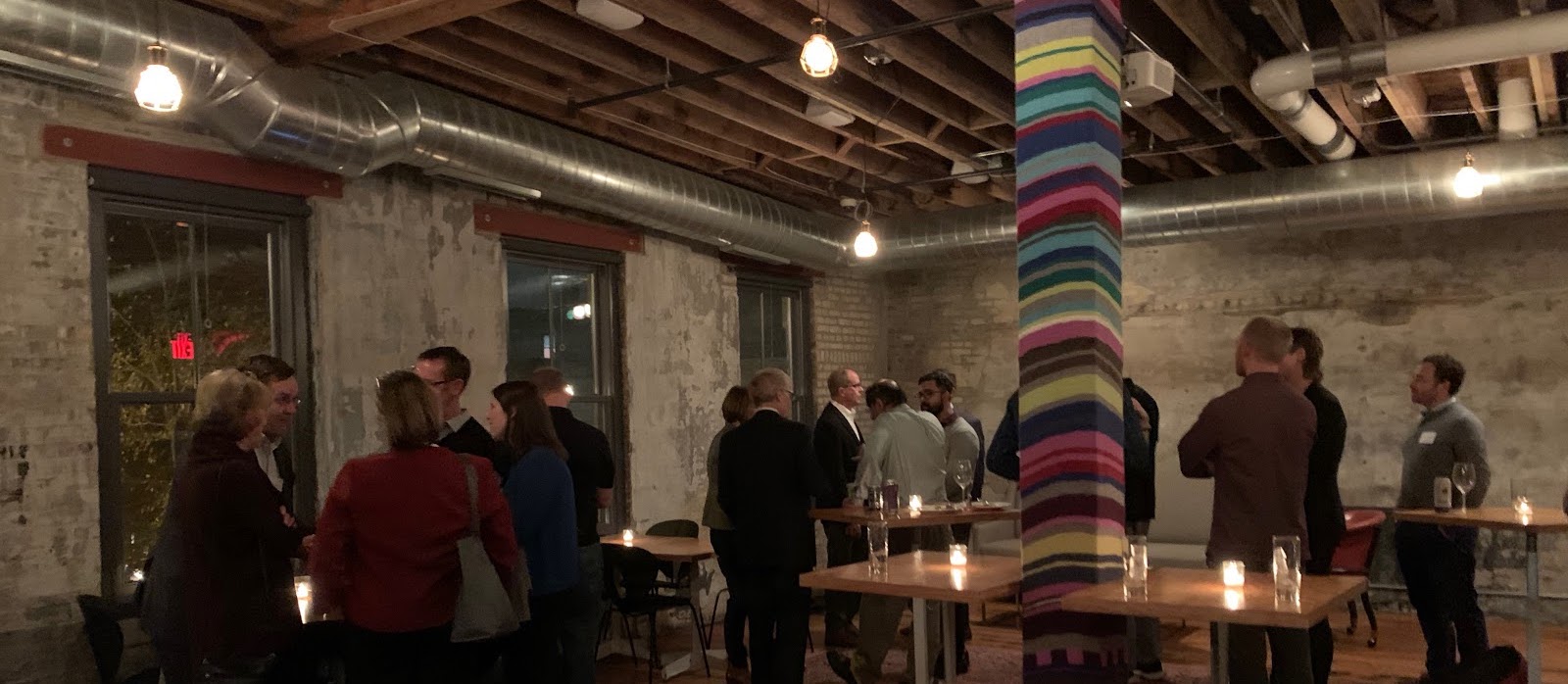
Climate XChange’s Evening Reception at The Bachelor Farmer in Minneapolis, Minnesota.
To conclude our visit, we hosted a roundtable conversation with policymakers and executive branch officials. Minnesota legislators discussed the state’s existing and proposed climate policy and potential for carbon pricing. Speakers included Senator John Marty, chief author of the state’s 2018 carbon pricing bill, Representative Frank Hornstein, main sponsor of Minnesota’s Green New Deal legislation, Representative Steve Elkins, and Senator John Hoffman. We also heard from Leaders from Minnesota’s executive branch, including Will Seuffert, Executive Director of the Minnesota Environmental Quality Board, Frank Kohlasch, Environmental Program Manager at the Minnesota Pollution Control Agency, Timothy Sexton, Assistant Commissioner and Chief Sustainability Officer of the Department of Transportation, and Bob Patton, Supervisor of the Energy and Environment Section at the Department of Agriculture.
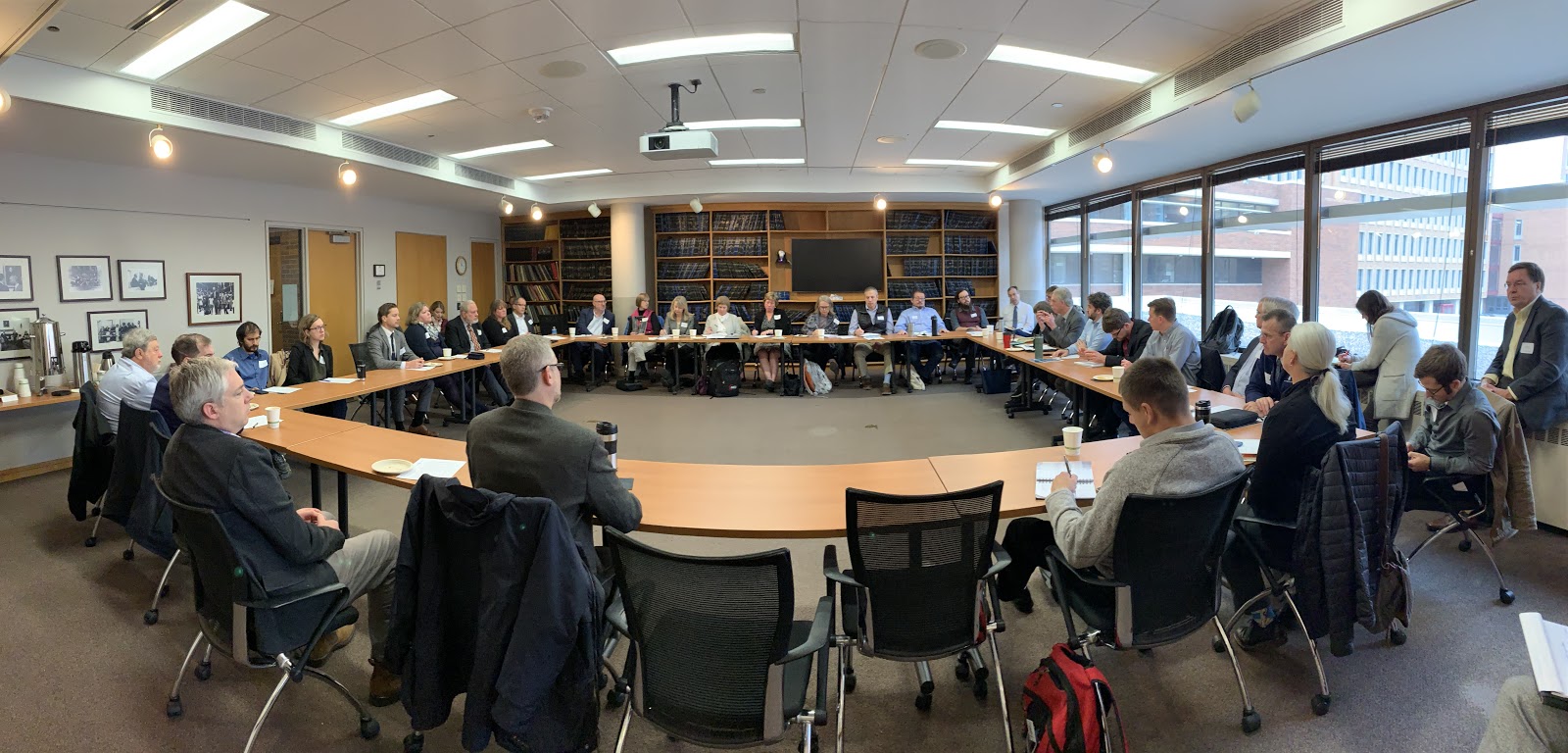
Climate XChange’s Key Stakeholder Roundtable in Minneapolis, Minnesota.
We owe a massive thank you to all partners and participants for making this summit a huge success. We very much look forward to continuing conversations on the ground and seeing through initiatives on the table for the state to tackle its emissions and continue leading the nation on climate ambition.

